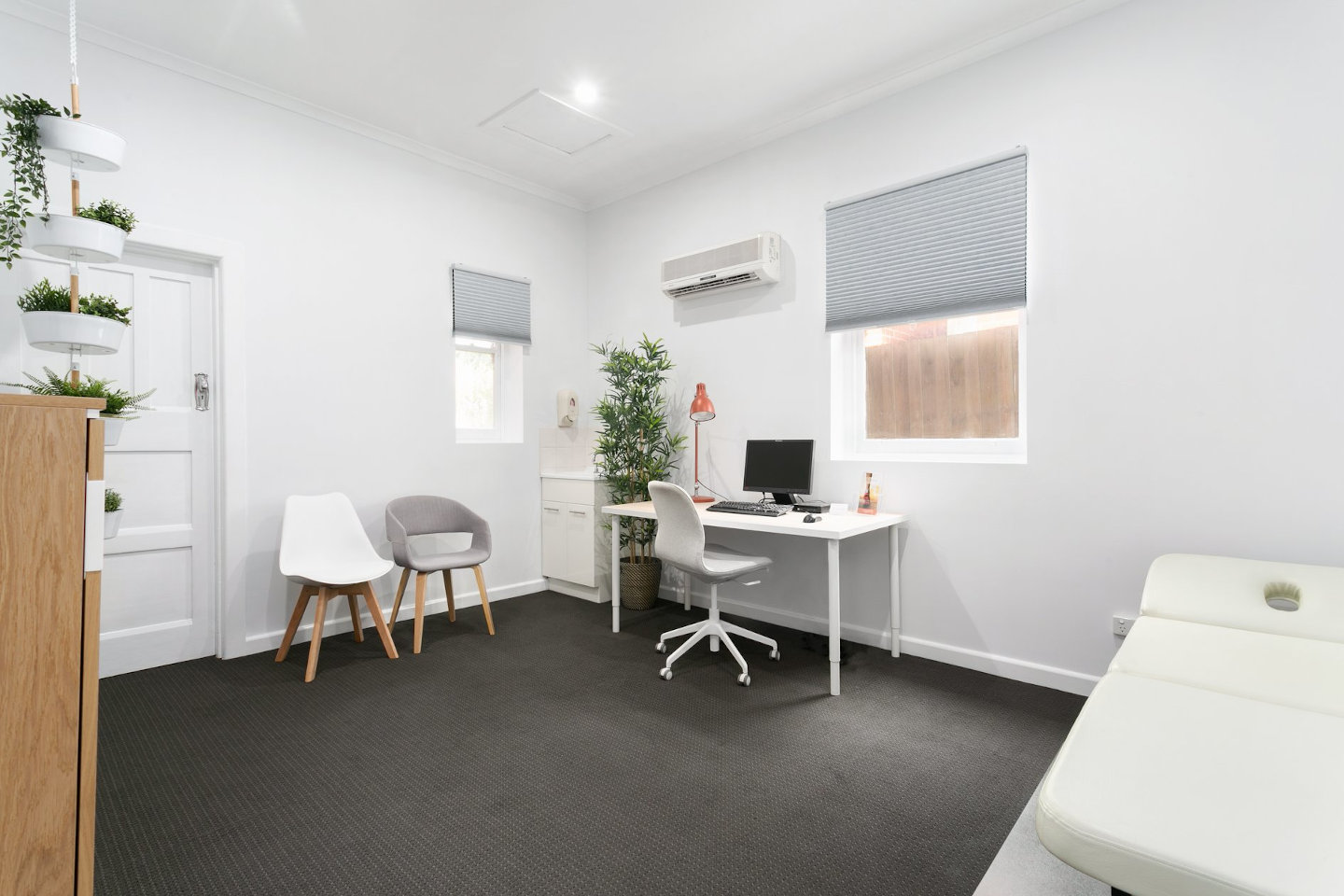Gerard is an inspiring individual who lives with hereditary sensory neuropathy.

This condition has taken a toll on his muscle strength and sensation, leading to significant bilateral foot drop, general lower limb weakness and knee instability.
As a result, he faces challenges when it comes to standing and walking. Adding to his situation, he had a fall years ago that resulted in a leg fracture, making him wheelchair-bound for a considerable period.

Unfortunately, Gerard didn’t have the opportunity to undergo adequate rehab and regain his mobility due to the COVID-19 pandemic and associated lockdowns.
Identifying Meaningful Goals
Gerard was experiencing complete loss of function below his knee, resulting in the absence of plantar flexion, dorsiflexion, and inversion/eversion of his foot and ankle.

Furthermore, he had significant weakness in his quadriceps, which caused knee hyperextension. To address these problems, Orthotics Plus recommended a KAFO to control his foot and ankle, giving him a more solid base of support and reduce knee hyperextension and provide stability around the knee.

In addition, the brace aimed to prevent foot drop, ensure proper toe clearance when walking and offer medial-lateral stability around the ankle.
Medial-lateral stability refers to the ability of the ankle joint to resist excessive side-to-side movements, particularly inward (medial) or outward (lateral) movements. Medial-lateral stability is important for maintaining proper alignment and preventing stress related injuries as well as sprains, strains and fractures.
Achieving these goals will help Gerard improve his mobility and reduce the risk of further injury.
Ideal KAFO Design for Gerard
To address Gerard’s condition, a Knee-Ankle-Foot Orthosis (KAFO) that extended above the knee was required due to his quadriceps weakness and knee hyperextension.

When designing the KAFO, it was essential to consider Gerard’s functional objectives, such as being able to stand at a bar without experiencing fatigue.
To meet these goals, we provided Gerard with a KAFO that had a lockable knee joint.
This allowed him to lock the joint when standing still for rest, while still being able to walk with an unlocked knee joint. To achieve this, we chose a stance-controlled knee joint that would lock Gerard’s knee in extension at heel contact, providing stability.
The joint would unlock as he attempted to swing his leg or sit down, allowing for ease of movement. Our aim in designing this KAFO was to help Gerard achieve his mobility goals while providing the necessary support and stability for his condition.
Time for Patients to Adapt to Their KAFO
The time it takes for a patient to get used to a KAFO can vary widely and depends on several factors.

The client’s motivation, existing strength, which muscles are strong and how long they have been immobile all play a role.
Gerard had been immobile for a longer period than desired, but his high level of motivation and compensatory abilities made up for it. Despite this, it still took several months for him to gain confidence in using the KAFO indoors.
Overall, the process of getting used to a KAFO is unique to each patient and can take a considerable amount of time, especially for those who have been immobile for an extended period.
Benefits of the KAFO Prescription
Despite being independent and employed, Gerard expressed challenges in his social capacity due to his limited mobility. However, with the help of a KAFO, his quality of life has significantly improved.
While he was able to manage day-to-day activities in his wheelchair, the KAFO provided him with the opportunity to stand and walk, and be at eye level to others during conversation, increasing his social capacity.
His ability to stand at a bar and order a drink with his mates was a significant achievement.
Additionally, using the KAFO helped him exercise and maintain core strength, improving overall physical health. Overall, the KAFO provided Gerard with a new level of freedom, both socially and physically, that he was unable to experience in his wheelchair.
Gerard is still continuing to improve and get further benefits from his KAFO, which will be periodically reviewed to ensure he is still meeting his goals. Just the ability to be upright has made a world of difference for Gerard.
How to Access Treatment at Orthotics Plus
At Orthotics Plus, we provide KAFO treatments for patients who require knee control due to weakness or knee hyperextension, caused by conditions such as quad weakness.
Our range of KAFOs includes the C-Brace (a high-end computerised KAFO), the stance-control KAFO, locked-knee KAFOs, and free-swinging KAFOs, which we select based on the patient’s specific needs.

If you have lower limb weakness, quadriceps weakness or a neurological issue affecting your ability to walk, you may be a suitable candidate for a KAFO, and you can contact us with or without a referral.
Once you contact us, we’ll conduct an initial consultation, provide a quote, and explain the process to get you started on your journey towards improved mobility and independence.
